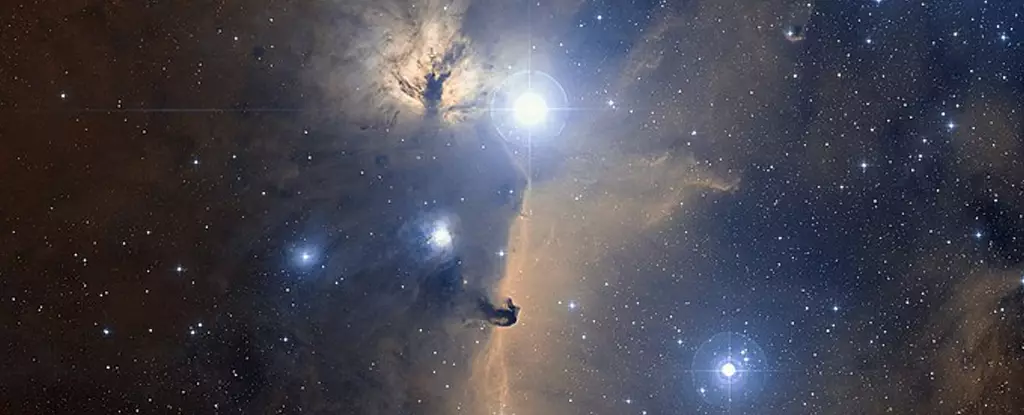In the vast night sky, constellations have always fascinated and captivated the human imagination. From Leo, resembling a majestic lion, to Orion, the mighty hunter, these celestial configurations have been a source of wonder for centuries. Yet, some constellations require a great deal of imagination to discern, such as Pegasus, the mythical flying horse, or Telescopium, resembling a telescope. Similarly, two stone disks unearthed in Rupinpiccolo protohistoric hill fort in north eastern Italy present a similar challenge. Their subtle markings on the stones have been matched by experts to the positions of 28 bright stars in the sky, revealing a potential ancient sky map.
These extraordinary stones were discovered recently at the entrance of an ancient fort in Italy. Covered in chisel marks, researchers hypothesized that these engravings might represent notable stars in the night sky. Given that various human cultures have recognized similar patterns in the stars across time, it seemed plausible to identify these marks as representations of constellations. To test this hypothesis, a team of researchers conducted in-depth statistical analysis against known astronomical asterisms, leading to astonishingly accurate results.
The two stone disks featured a total of 29 markings, each potentially linked to a specific star in the night sky. Through meticulous analysis, Paolo Molaro and Federico Bernardini, in their comprehensive paper, identified several constellations represented by the markings. Among the findings, nine marks aligned with the tail of Scorpius, five represented Orion, including the stars of the belt, Betelgeuse, and Rigel, and another nine seemed to correlate with the Pleiades star cluster. On the reverse side of one of the disks, an additional five marks potentially symbolized the constellation Cassiopeia. However, one particular marking remains enigmatic and defies immediate explanation.
While the markings on the stones astoundingly seem to represent the bright stars of each constellation, there are a few uncertainties to address. The absence of marks corresponding to Bellatrix and Saiph, which may have eroded over time, raises some doubts. Moreover, an unidentified marking near Orion puzzles researchers, leaving open the possibility that it may represent a nova or supernova that has yet to be recorded elsewhere. Considering the precision with which the other markings were made, this discrepancy suggests the intriguing possibility of celestial phenomena. Further observations and analysis will be necessary to test this hypothesis and determine whether the stones truly functioned as ancient sky maps.
If indeed proven to be accurate representations of the night sky, these stone disks would constitute one of the oldest sky maps ever discovered. Estimated to have been created between 1800 and 400 BCE, they offer a unique glimpse into the ancient world’s fascination with the stars above. By connecting early human cultures to their celestial observations, these stones highlight the enduring curiosity of humanity and our quest to understand the mysteries of the universe.
The unearthing of the two stone disks in Italy has sparked intense fascination and speculation. The subtle markings found on these ancient artifacts, carefully linked to 28 bright stars, suggest the presence of an ancient sky map. While there are some uncertainties and unresolved markings, the sheer accuracy and consistency of the majority of the symbols indicate a deliberate effort to depict constellations. As researchers continue to explore and analyze these stones, the secrets of our ancient ancestors’ understanding of the cosmos may soon be unlocked, shedding new light on our shared human curiosity and connection to the vast wonders of the night sky.


Leave a Reply